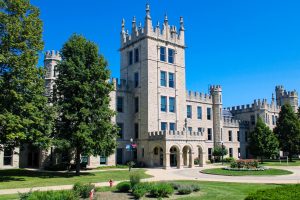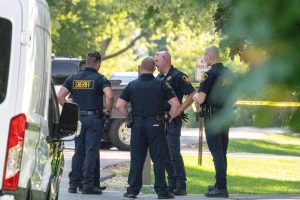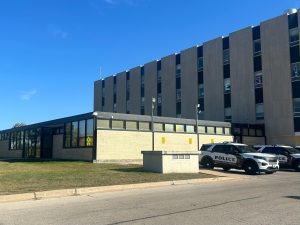Univ. Council discusses student fees and Feb. 14 memorial possibilities
March 20, 2008
University Council discussed the student fees and room and board costs recommended by the Board of Trustees Wednesday.
In Fall 2008, student fees will see an average increase of 5.29 percent across the board, according to a walk-in item for UC.
“The primary source of increase in student fees is in the health insurance aspect, which is something the university has very little control over,” Faculty Senate President Paul Stoddard said. “This price is fairly well dictated by the insurance companies.”
Health insurance costs will increase by 7.71 percent in the recommended fees, according to the walk-in item. However, students who opt out of school insurance coverage will only see a 4.19 percent increase, according to the walk-in item.
Additionally, room and board fees are also seeing an increase that appears unusually large, Stoddard said. The increase is due to state-mandated sprinkler systems that need to be installed in the residence halls.
“Because the state was willing to mandate without funding, it put us in the position of trying to find a source to make it happen,” said Eddie Williams, Executive Vice President and Chief of Operations of Finance and Facilities.
The sprinkler systems are not a small investment.
“The overall cost of the improvements that have to be made to the residence halls is in the neighborhood of $15 million,” Williams said. “For us to build up sufficient funds to cover these expenses will require a multi-year jump in room and board rates.”
Student reps were present on committees in charge of developing recommendations, Stoddard said.
Also at UC, NIU President John Peters talked about a Memorial Committee he named to go through ideas for the student memorial following the Feb. 14 shootings.
The Memorial Committee has nothing to do with the future of Cole Hall, he said.
The broad committee will be co-chaired by Mike Malone, Vice President of University Advancement, and retired provost Lynne Waldeland, Peters said.
Peters talked about the memorial that developed at Virginia Tech as an example.
Virginia Tech students put 32 “Hokie stones,” one for each of the killed students, in a semi-circle facing the administration building after the shooting, which became the physical space for the memorial, Peters said.
The planning for the memorial should wrap-up closer to commencement, he said.
“We want to hear every idea,” Peters said.
However, Peters warns that e-mails to his personal address is not the ideal method to bring forward an idea for the memorial, because many messages can get filtered.






